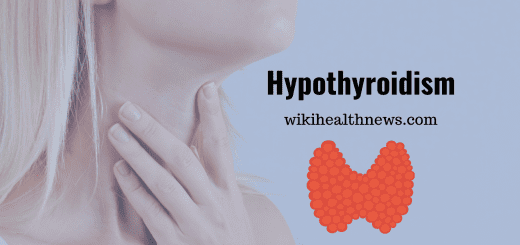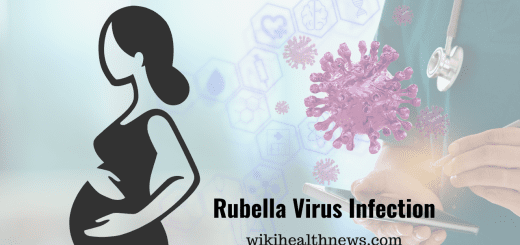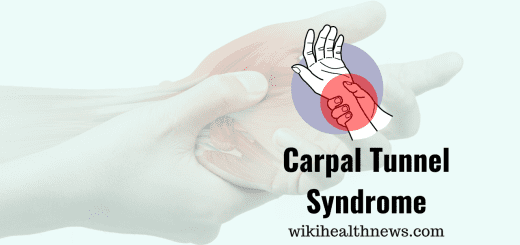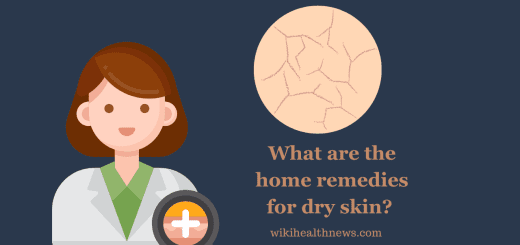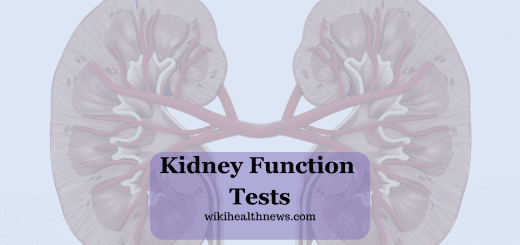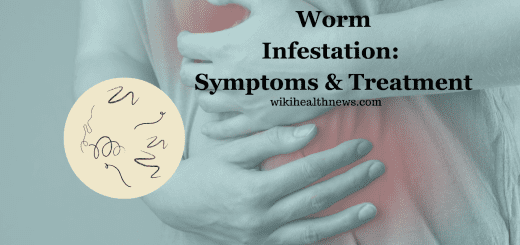Jaundice: Disorders of Liver Function Causes Yellow Eye & Skin
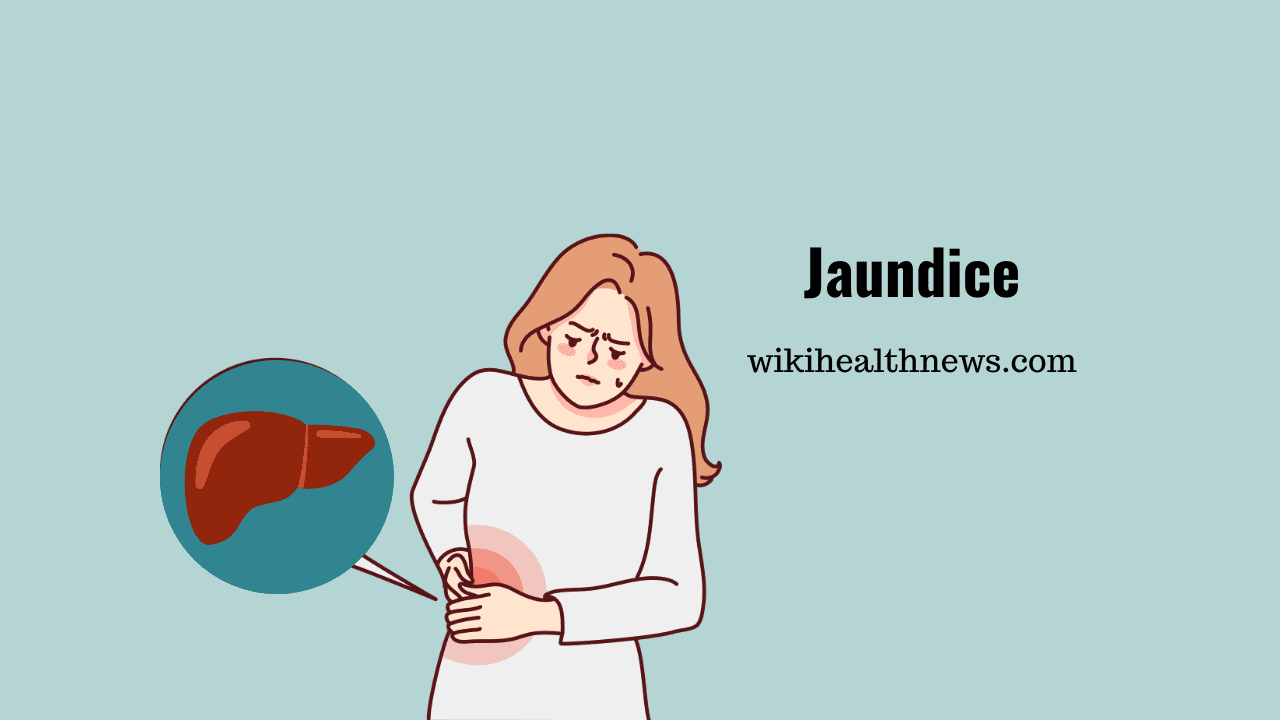
What is Jaundice?
- A high level of bilirubin, a yellow orange bile pigment, causes the skin, eye whites, and mucous membranes to turn yellowish in the condition known as jaundice.
- There are numerous reasons for jaundice, including hepatitis, gallstone, and tumors. Jaundice in adults usually does not require medical attention.
- The presence of jaundice frequently signals a problem with the liver or biliary tract. Bilirubin, a waste product, can build up in the blood when the liver is not working properly.
- A person’s skin, eyes, and mucous membranes might turn yellow with moderate levels of bilirubin. The color may also transition from yellow to green as it advances. Biliverdin, the green pigment found in bile, is what gives the color its green pigment.
- People of all ages can get jaundice, which typically results from an underlying disease. The likelihood of having jaundice is greater in newborns and elderly persons.
- As the red blood cells naturally degrade, Bilurubin levels rise. This waste material is often removed by the liver from the blood stream and changed into a different form called conjugated bilirubin. A person’s stool is where all the new form exists the body thereafter.
- Bilirubin can accumulate in the body if there is an excess production that the liver is unable to ekliminate. The yellow color of the skin and eyes is bought on by hyperbilirubinemia.
- The most common cause of jaundice is an underlying condition that either increases the amount of bilirubin produced or hinders the liver’s ability to remove it.
Causes
- Excess bilirubin (hyperbilirubinemia)
- Infections by virus like hepatitis A, B, C, D or E.
- Cirrhosis also called as scarring of the liver or increased alcohol consumption.
- Autoimmune disease, like primary biliary cirrhosis.
- Hereditary conditions, such as Dubin–Johnson syndrome.
- Side effects of certain medications
- Gallstone disease
- Excessive alcohol consumption
- Gallbladder or pancreatic cancer
- Hemolytic anemia
- Pregnancy
Symptoms
Common symptoms of jaundice-
- yellow color on the skin, mucous membranes and whites of the eyes
- pale stools
- dark urine
- itchiness
In infants, the yellowish tinge may begin at the head and spread down the body to the toes.
Accompanying symptoms of jaundice may include:
- abdominal pain
- fatigue
- weight loss
- vomiting
- fever
Types of jaundice
Three main types of jaundice include:
- Pre-hepatic: This occurs before the liver processes waste products and results in higher levels of unconjugated bilirubin.
- Hepatic: This occurs in the liver and results in higher levels of conjugated and unconjugated bilirubin.
- Post-hepatic: This occurs after the liver processes waste products and leads to higher levels of conjugated bilirubin.
Diagnosis
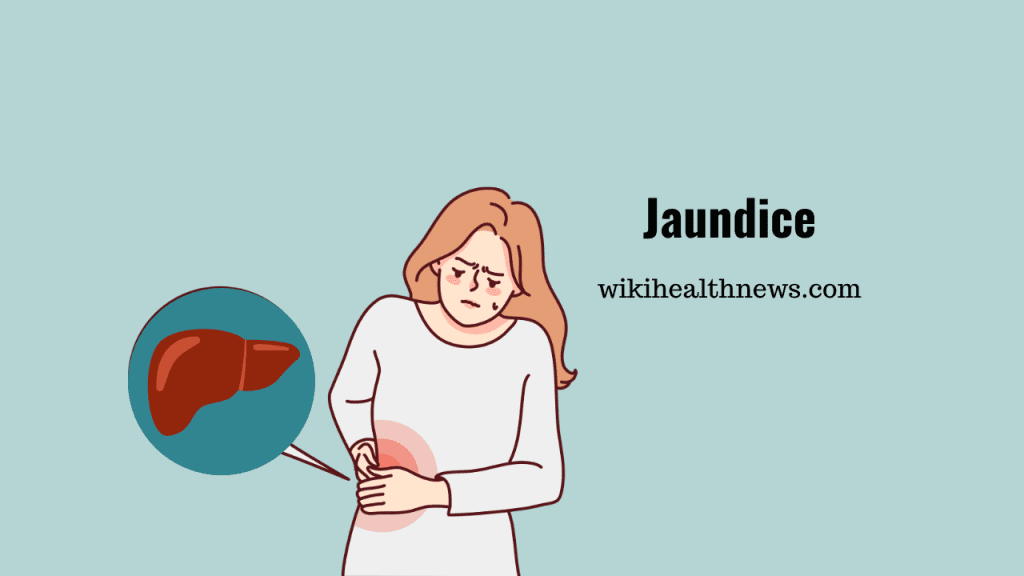
The physician can often include laboratory tests to help determine the underlying cause of jaundice including:
- Bilirubin test: A high unconjugated bilirubin level relative to the conjugated bilirubin level suggests hemolytic jaundice.
- Complete blood count (FBC) or complete blood count (CBC): This measures the levels of red blood cells, white blood cells, and platelets.
- Hepatitis A, B and C tests: This test can detect a variety of liver infections.
- The structure of the liver is also examined if obstruction is suspected. In these cases, they will use imaging tests, including MRI, CT scan, and ultrasound.
- In addition, endoscopic retrograde cholangiopancreatography (ERCP) was also performed. It is a procedure that combines endoscopy and X-ray imaging.
- A liver biopsy can check for inflammation, cirrhosis, cancer, and fatty liver disease. This test involves inserting a needle into the liver to take a tissue sample. The health care professional will then examine the sample under a microscope.
Bilirubin levels
- The normal bilirubin levels are less than 1 milligram per deciliter (mg/dl).
- A person develops jaundice if this level reaches about 3 mg/dl.
- Doctors can diagnose neonatal jaundice if bilirubin levels rise to 5 mg/dl per day or more than 0.2 mg/dl per hour.
Treatment
The underlying cause of jaundice will determine the route of treatment.
- Jaundice can cause pruritis or itching. For patients with moderate to severe pruritis, a medical practitioner may recommend drugs like colestipol or cholestyramine.
- Depending on the degree of the injury, a liver transplant may occasionally be required because jaundice can occasionally signify liver damage.
Prevention
Liver functioning is associated with jaundice.
- A balanced diet,
- Regular exercise,
- Limiting alcohol use,
- Avoiding toxins from chemicals and other sources, both inhaled and touched
- Carefully managing medications are just a few changes that people can make to enhance the condition of their liver.
- Avoiding herbal remedies without first seeking medical advice;
- Abstaining from intravenous drugs, alcohol, and smoking;
- Exceeding the recommended dose of prescribed medications;
- Receiving the recommended vaccinations prior to travel;
- Engaging in safe sexual practices such as using barrier contraceptives.
Complications
High bilirubin levels can be harmful and can cause kernicterus, a rare form of brain damage in newborns.
Read more
